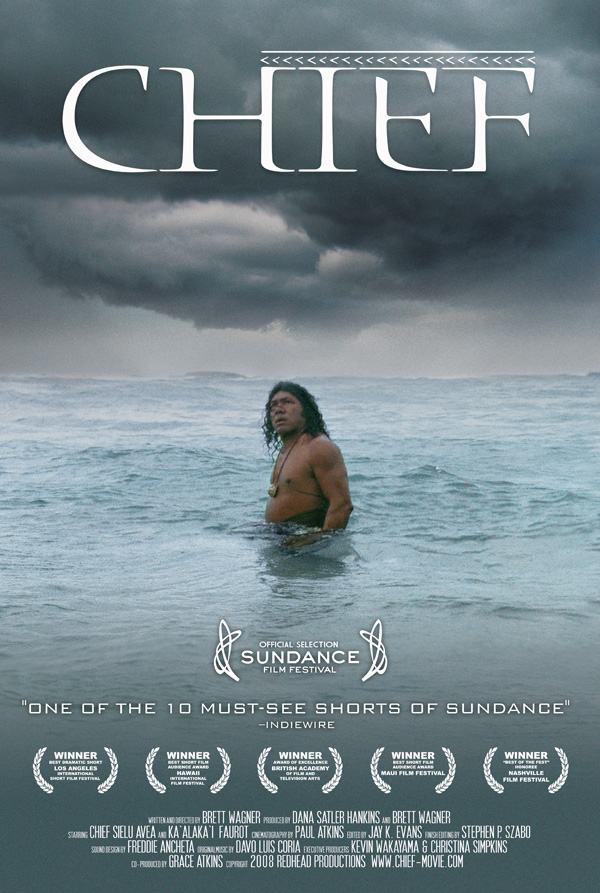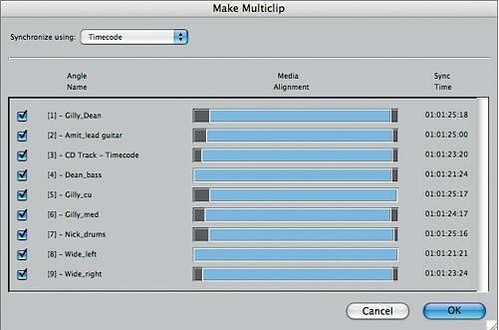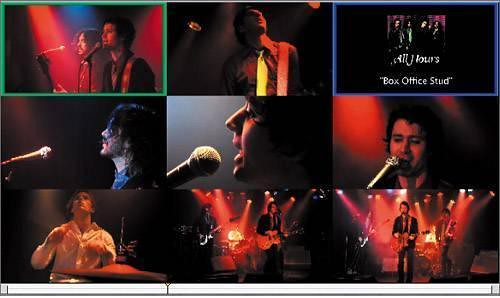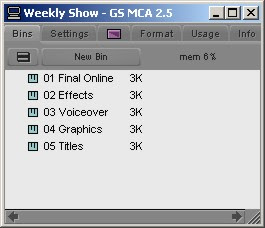Today, I am talking about a do-it-yourself collaborative filmmaking website called RootClip.com, where the creative team make a short video clip or "Rootclip" to start the story. Amateur filmmakers watch their video, then shoot their own rendition of what should happen next in less than 2 minutes. The result is an entire short film made by amateur filmmakers.

I think it's pretty exciting. Their last film actually debuted at the Travese City Film Festival. ust say this has got a lot of potential.

 In Final Cut Pro, an alternate way to sync clips of a multi-camera production is to use timecode as a reference. When clips share the same timecode, you don't have to set an In point to sync them together. A timecode number in one clip should identify the same action in an event as that same timecode number in a different clip. The method of switching and cutting angles in the multiclip is the same, no matter how the clips are synchronized.
In Final Cut Pro, an alternate way to sync clips of a multi-camera production is to use timecode as a reference. When clips share the same timecode, you don't have to set an In point to sync them together. A timecode number in one clip should identify the same action in an event as that same timecode number in a different clip. The method of switching and cutting angles in the multiclip is the same, no matter how the clips are synchronized.







 #1 The comments will stay embedded within the clip, so if you move the clip, the comments will stay with it.
#1 The comments will stay embedded within the clip, so if you move the clip, the comments will stay with it.





 Austin was named No. 1 on the "Top Ten U.S. Cities to Live and Make Movies" by
Austin was named No. 1 on the "Top Ten U.S. Cities to Live and Make Movies" by